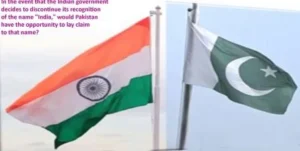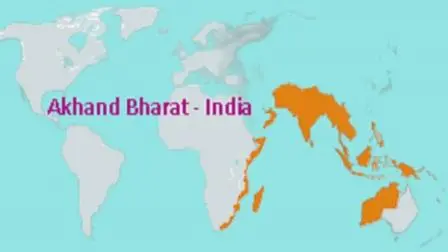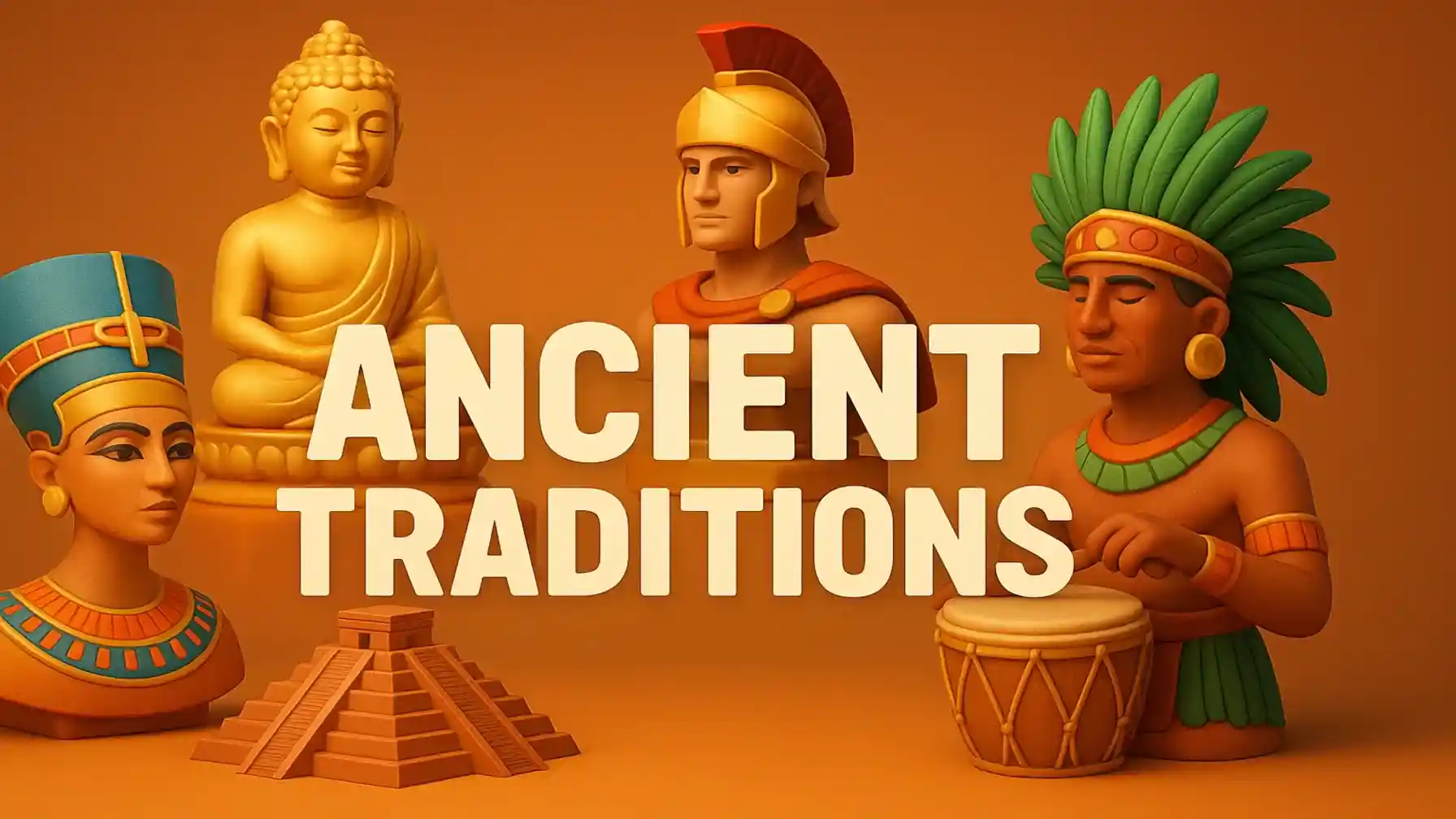Introduction:
The Bharat vs. India Debate – The ongoing debate surrounding the replacement of “India” with “Bharat” as the official name of the country has sparked significant interest and discussions both within India and internationally. This discourse gained momentum following notable events, such as the G20 summit and Prime Minister Modi’s visit to the ASEAN Summit. In these instances, the use of “Bharat” in official invitations and documents hinted at a potential shift in nomenclature. This shift has ignited discussions about whether there should be a constitutional amendment to formally substitute “India” with “Bharat.”
To gain a comprehensive understanding of this debate, it is crucial to delve into its historical backdrop, understand the practical implications, and consider the viewpoints of influential figures like Shashi Tharoor, who offer valuable insights into this intricate issue.

The Bharat vs. India Debate : Historical Significance of “Bharat”:
The historical context of the “Bharat vs. India” debate is deeply intertwined with India’s struggle for independence, particularly the events surrounding 1947. At that time, Mohammad Ali Jinnah, a prominent leader of the independence movement and the founder of Pakistan, vociferously objected to the term “India.” Jinnah’s objection stemmed from his belief that, post-British colonial rule, the name “India” should rightfully belong to the successor state, which he envisioned as Pakistan.
Jinnah’s Objection:
Mohammad Ali Jinnah’s stance on the issue was rooted in a vision of a separate Muslim-majority state. He believed that using “India” for the newly independent country would undermine this vision. Jinnah’s objection added a layer of complexity to the naming debate.
This historical backdrop adds layers of complexity to the contemporary debate. It prompts us to ponder whether “Bharat” should exclusively replace “India” in official usage or if both names can coexist harmoniously. Prominent figures like Shashi Tharoor, a Congress leader and renowned author, have shared their perspectives on the matter. Tharoor argues that “India” has garnered significant brand value and international recognition over the years. He cautions against a hasty removal of this name, drawing parallels to Jinnah’s objections in the past.
The Bharat vs. India Debate: The Constituent Assembly Debate: “Bharat” or “India”?
The Constituent Assembly, tasked with drafting India’s Constitution, engaged in a spirited debate concerning the country’s official name. This discussion, held on November 18, 1949, just days before the adoption of the Constitution on November 26th, holds paramount importance in shaping India’s identity.
Examining ‘The Bharat vs. India Debate’: HV Kamath’s Staunch Advocacy for ‘Bharat:
HV Kamath emerged as a central figure in this debate. He ardently opposed the draft proposed by B.R. Ambedkar’s committee, which suggested the name “India that is Bharat.” Kamath’s argument revolved around the idea that India should not use both “India” and “Bharat” and should instead exclusively embrace “Bharat” or “Hindi” as the official name. He stressed the significance of embracing the term “Bharat” and distancing India from English-centric nomenclature.
Kamath’s Alternative Suggestions:
HV Kamath did not just oppose the “India that is Bharat” proposal but also suggested alternative names. These included “Hindustan,” “Hind,” “Bharatbhumi,” and “Bharatvarsh,” all of which he believed had historical significance.
Seth Govind Das’s Perspective:
Seth Govind Das echoed Kamath’s sentiments during the Constituent Assembly debate. He argued that the phrase “India that is Bharat” lacked elegance and simplicity. In Das’s view, the primary focus should be on the name “Bharat.” He cited Mahatma Gandhi’s iconic slogan, “Bharat Mata ki Jai,” which referred to Mother India without the additional “that is Bharat.” Das contended that “Bharat” enjoyed substantial support among the members of the Constituent Assembly.
Das’s Emphasis on Elegance:
Seth Govind Das emphasized not only the importance of the name “Bharat” but also the need for an elegant and straightforward nomenclature. He believed that a simple and clear name would better represent the nation.
Despite the vigorous debates within the Constituent Assembly, the final version of the Constitution retained the phrase “India that is Bharat,” as proposed by Ambedkar in Article 1. None of the alternative suggestions made during the Constituent Assembly debate found their way into the final document.
The Bharat vs. India Debate: The Contemporary Debate: “Bharat” vs. “India”
In the contemporary context, the official wording of India’s Constitution remains unaltered, and there is no official information concerning any amendments to replace “India” with “Bharat.” Nevertheless, media speculation and discussions among opposition parties continue to fuel the debate. The government has not officially declared any concrete plans for such a change, underscoring the gravity and complexity of this issue.
Media Speculation:
Media outlets have been rife with speculations and discussions on whether the government will pursue a change in the country’s name. These speculations have intensified due to recent events where “Bharat” was used in official documents.
The Bharat vs. India Debate: Practical Implications and Shashi Tharoor’s Perspective
The contemporary debate surrounding “Bharat” and “India” transcends mere semantics. It carries practical implications that permeate various facets of India’s identity, both within the nation and on the international stage. Shashi Tharoor, a prominent voice in this discussion, provides a perspective that emphasizes the preservation of the brand value and international recognition associated with the name “India.”
Global Recognition:
Tharoor underscores the fact that “India” has achieved significant global recognition and value over the years. This recognition extends across various domains, including trade, diplomacy, tourism, and cultural exchanges. Abruptly discarding the name “India” could potentially tarnish the country’s image and hinder its ability to engage with the international community.
Historical Legacy:
The name “India” carries a profound historical legacy that spans generations. It has been an integral part of India’s identity, both during its struggle for independence and in the post-independence era. Tharoor’s argument underscores the need to strike a delicate balance between historical significance and practical considerations.
Harmonious Coexistence:
Tharoor advocates for a balanced approach that permits both “India” and “Bharat” to coexist. This approach acknowledges the historical significance of “Bharat” while safeguarding the international recognition and brand value associated with “India.” Such coexistence, according to Tharoor, can offer a harmonious solution that respects tradition while ensuring India’s continued global identity.
Tharoor’s Suggestion for Coexistence:
Shashi Tharoor does not propose the complete abandonment of “India.” Instead, he suggests that both “India” and “Bharat” can coexist in official usage, providing a nuanced solution to the debate.
Conclusion:
The debate over whether “India” should be replaced with “Bharat” as the official name is a multifaceted issue that encompasses historical context, practical implications, and the legacy of the Constituent Assembly’s deliberations. While the historical significance of “Bharat” cannot be denied, the international recognition and brand value associated with “India” also warrant consideration.
As India commemorates Constitution Day on November 26th, it is imperative to reflect on the past while contemplating the future. The ultimate decision regarding the country’s name will not only shape its identity but also influence its standing on the global stage. The debate continues, and only time will reveal the path India chooses to take in this matter. Striking a delicate balance between tradition and pragmatism remains the key to resolving this intricate and consequential debate.









Very informative
Very informative